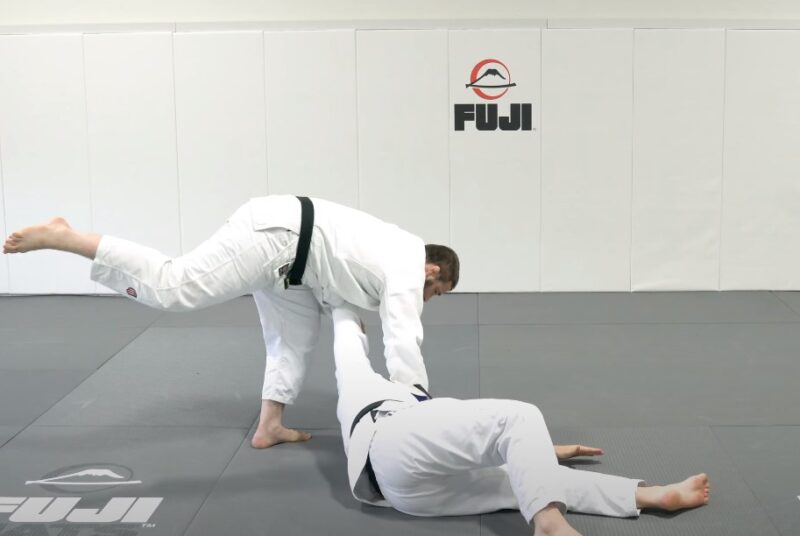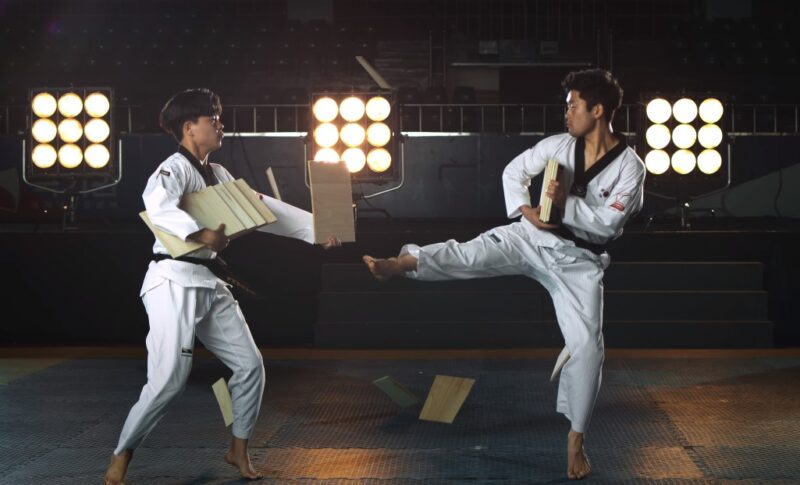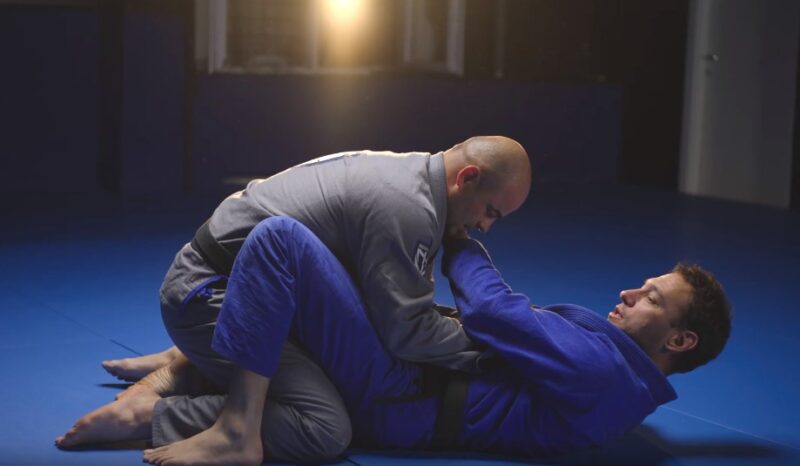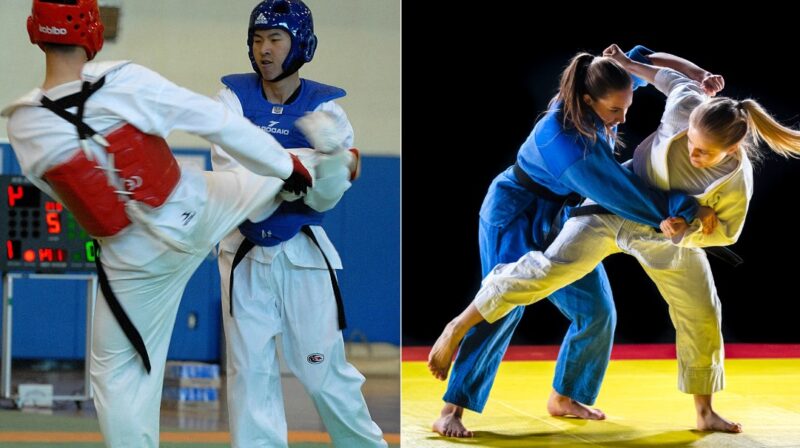Judo and Taekwondo, two of the most popular martial arts worldwide, are often mentioned in the same breath. However, they differ significantly in their philosophies, techniques, and applications.
This article will explore these differences, providing a comprehensive comparison for enthusiasts and newcomers alike.
Technical and Training Differences

| Aspect | Judo | Taekwondo |
|---|---|---|
| Type of Martial Art | Grappling | Striking |
| Main Techniques | Throws (Nage-waza), Ground Fighting (Ne-waza), Joint Locks (Kansetsu-waza), Chokes (Shime-waza) | Kicks, Punches, Blocks |
| Emphasis | Using an opponent’s force against them | Dynamic movements, agility |
| Application | Effective for self-defense | Effective for self-defense and sport |
| Spectacular Features | Throws and ground techniques | High and spinning kicks |
Training Methods and Competitions
Training in Judo involves learning throws and submissions through practice with a partner, known as Randori, and Kata, a series of pre-arranged movements. Judo competitions are focused on throwing the opponent to the ground, pinning them, or forcing a submission through joint locks or chokes.
Taekwondo training focuses on striking techniques, sparring (Gyeorugi), patterns (Poomsae), and breaking techniques (Gyeokpa). In competitions, points are scored through accurate and powerful strikes, mainly kicks, to the opponent’s torso and head.
The sports aspect of Taekwondo is highly emphasized, especially since its inclusion in the Olympic Games.
Health and Fitness Perspectives

The physical health benefits of practicing Judo and Taekwondo are substantial.
Judo’s grappling and throwing techniques require and develop a strong core, excellent balance, and overall body strength. Regular practice improves flexibility, coordination, and cardiovascular health. It is particularly effective in building functional strength and endurance, which can be beneficial in daily activities.
Taekwondo, known for its high and fast kicks, demands and enhances agility, speed, and flexibility. The constant movement and explosive actions provide a rigorous cardiovascular workout, aiding in heart health and weight management. The emphasis on stretching and dynamic movements in Taekwondo helps in achieving greater flexibility and range of motion.
Mental Health and Stress Reduction
Beyond physical health, both martial arts offer significant mental health benefits. The discipline and concentration required in training help in reducing stress and increasing mental clarity. The meditative aspects of practicing forms (Kata in Judo and Poomsae in Taekwondo) promote mindfulness and mental calmness.
Regular practice also leads to the release of endorphins, enhancing mood and creating a sense of well-being. For many practitioners, the dojo or dojang is a sanctuary where they can disconnect from daily stresses and focus on personal growth.
Philosophical Differences

Judo’s philosophy is deeply ingrained in its practice. Kano’s teachings emphasize personal growth, mutual welfare, and respect. The idea is not just to master the physical techniques but to develop a character and contribute positively to society.
Taekwondo’s philosophy, influenced by Confucian and Buddhist principles, focuses on moral development, ethical behavior, and mental discipline. It seeks to foster a sense of responsibility and honor in its practitioners. Both martial arts, though different in techniques, share a common goal of improving the individual’s character and strength.
Which One Should You Choose?
The choice between the two martial arts ultimately depends on your personal goals and preferences. Both martial arts have their advantages and disadvantages, and both can help you improve your physical and mental health. Here are some factors to consider when choosing between judo and taekwondo:
- Your personality: If you are more aggressive and competitive, you might prefer taekwondo, which allows you to express your power and speed. If you are more calm and cooperative, you might prefer judo, which requires you to use your opponent’s energy and work with them.
- Your body type: If you are taller and leaner, you might have an edge in taekwondo, which favors long limbs and high kicks. If you are shorter and stockier, you might have an advantage in judo, which favors a low center of gravity and balance.
- Your interest: If you are more interested in learning a striking-based martial art, you might enjoy taekwondo, which teaches you how to use your feet and hands as weapons. If you are more interested in learning a grappling-based martial art, you might enjoy judo, which teaches you how to use your body as a lever and your opponent as a tool.
- Your availability: If you have more time and resources, you might want to try both judo and taekwondo and see which one suits you better. If you have limited time and resources, you might want to choose one that is more accessible and affordable for you.
FAQs
Can Judo and Taekwondo be practiced together, or would they conflict in techniques?
Judo and Taekwondo can certainly be practiced together. While they have different techniques and focuses, learning both can provide a more well-rounded martial arts experience.
Practitioners often find that skills from one can complement the other, such as Judo improving grappling skills and Taekwondo enhancing striking abilities.
Are Judo and Taekwondo suitable for all ages, including seniors?
Yes, both Judo and Taekwondo are suitable for all ages, including seniors. Many dojos and dojangs offer classes tailored to different age groups, ensuring a safe and appropriate training environment.
For seniors, these martial arts can help maintain flexibility, balance, and strength.
How do the belt systems in Judo and Taekwondo differ?
The belt systems in Judo and Taekwondo vary in terms of color sequence and the criteria for advancement. In Judo, the belt progression typically begins with white and advances through colors like yellow, orange, green, blue, and brown, before reaching black.
In Taekwondo, the sequence often starts with white and progresses through yellow, green, blue, red, and then black, with various intermediary stages.
Is weight a significant factor in Judo or Taekwondo competitions?
In Judo, weight categories are significant, as the art involves grappling and throwing, where weight can be a crucial factor. Taekwondo competitions also have weight categories, primarily to ensure fairness and safety, as the art involves striking and kicking.
Which martial art is more focused on self-defense: Judo or Taekwondo?
Both Judo and Taekwondo offer effective self-defense techniques, but their approaches differ. Judo focuses more on close combat, using throws and holds, making it effective for self-defense in close-quarter situations. Karate is also known as a good defense technique, similar to Taekwondo.
Taekwondo, with its striking and kicking techniques, is more about maintaining distance and defending against attacks from a range.
Are there any specific health risks associated with practicing Judo or Taekwondo?
As with any physical activity, there are risks associated with practicing Judo and Taekwondo, such as the potential for sprains, strains, or impact injuries. However, with proper training, supervision, and safety equipment, these risks can be minimized.
It’s important to train under a qualified instructor and to listen to one’s body to avoid overexertion.
Summary
In the end, Judo and Taekwondo are not just sports or hobbies; they are ways of life. They offer a unique blend of physical challenge, mental discipline, and philosophical depth, making them valuable practices for anyone looking to enrich their life in multiple dimensions.
